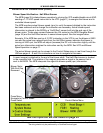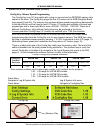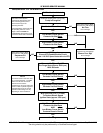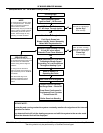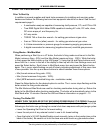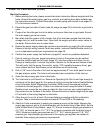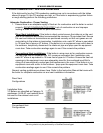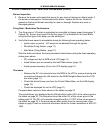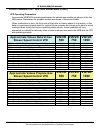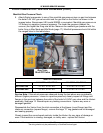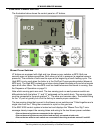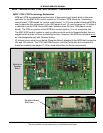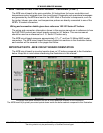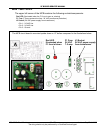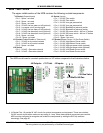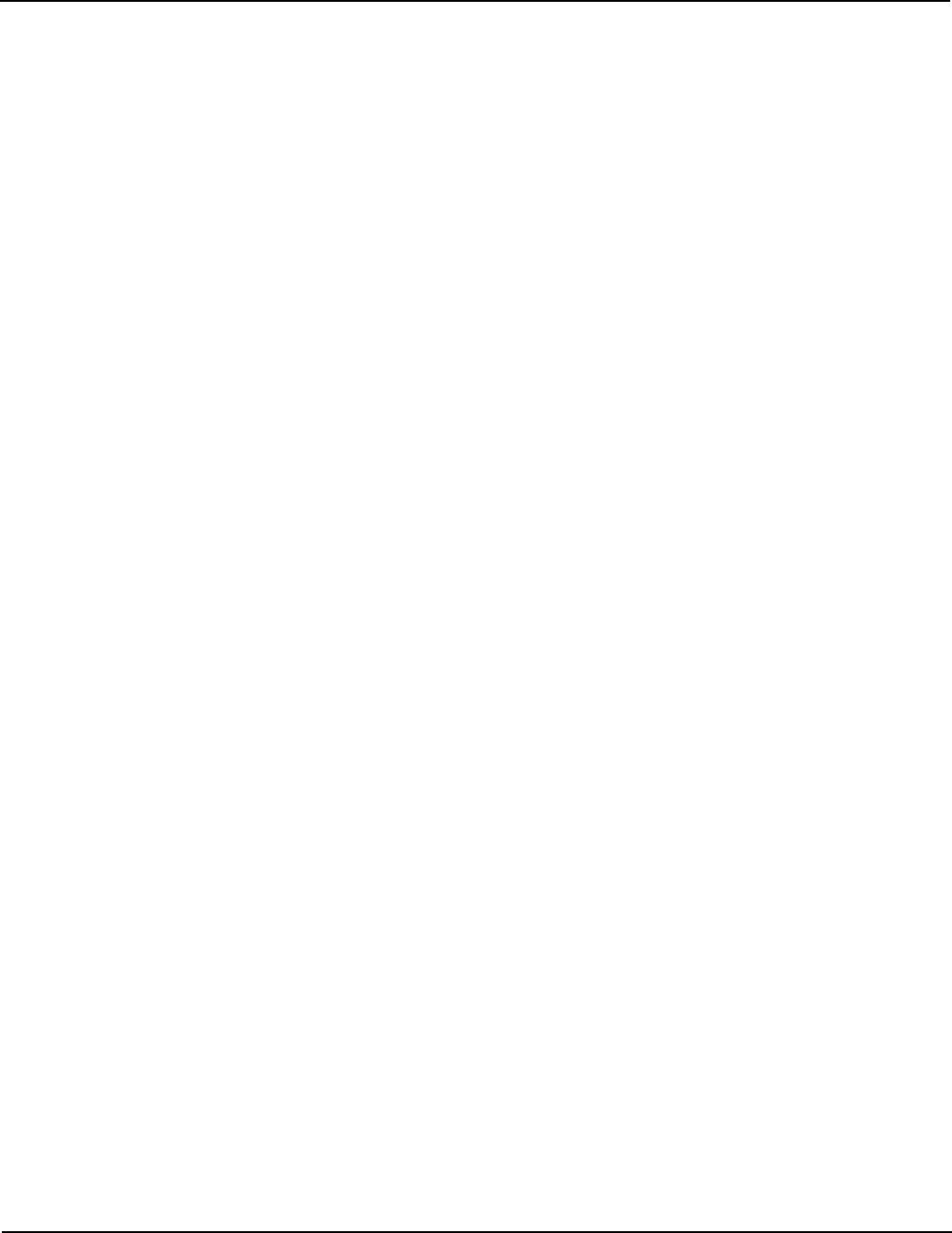
AOS WPC - Tech Training 21 of 72 Ashland City, TN © 2007
Servicing should only be performed by a Qualified Service Agent
VF BOILER SERVICE MANUAL
POOR COMBUSTION - IGNITION PROBLEMS (CONT)
Burner Inspection
2. Remove the burner and inspect the burner for any signs of damage or debris inside. If
the burner is damaged or contaminated with debris - replace the burner. Check all
gaskets in the burner/blower assembly for wear or damage. Replace any worn or
damaged gaskets.
Firing Rate - Modulation Performance
3. The firing rate on VF boilers is modulated or controlled by blower speed (see pages 11
through 14). Ensure the correct Config Key (page 14) is installed for the input Btu/hr
rating and fuel type of the boiler you are working on.
4. Verify the blower speed is acceptable during the following three operating states:
• Igniter warm up period - (AC amps can be detected through the igniter).
• Min Mode (Firing Modes - page 17).
• Max Mode (Firing Modes - page 17).
Start the boiler and check the three parameters listed below during the three operating
states given above.
• DC voltage sent by the MCB at the VFD (page 11).
• Actual blower rpm as sensed by the Hall Effect sensor (page 13).
• Actual power frequency (Hz) on the VFD display (page 11).
Procedure
• Measure the DC volt instruction from the MCB at the VFD to ensure all wiring and
connections between the J24 socket on the MCB Daughter Board and the VFD
are intact (page 11).
• Check the actual blower rpm from the Control States Menu via the UIM display
(page 13),
• Check the displayed Hz on the VFD (page 11).
Compare these values to those shown in the tables on page 22.
The actual blower rpm displayed by the UIM should be within 20% of the values given in
the tables on page 22. The frequency should be within 5% of the values given in the
tables page 22. The DC volt instruction should be within 1.0 VDC of the values given in
the tables on page 22. If the actual values differ greatly from the values given in the
tables on page 22 call our technical information center for further assistance at 800 527-
1953.



